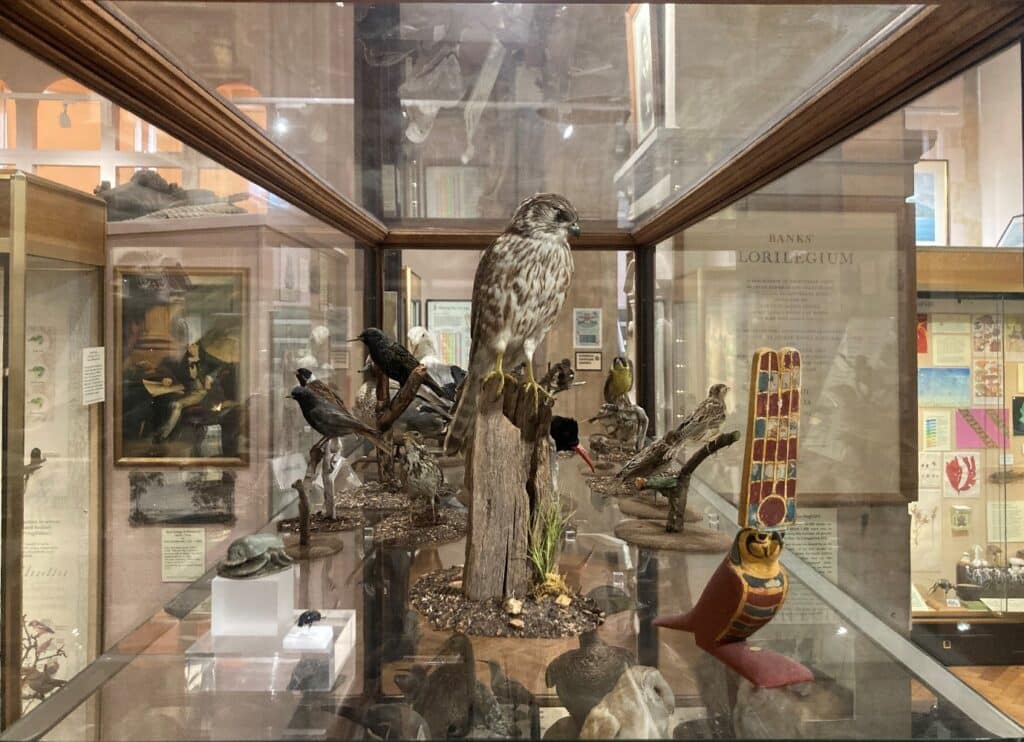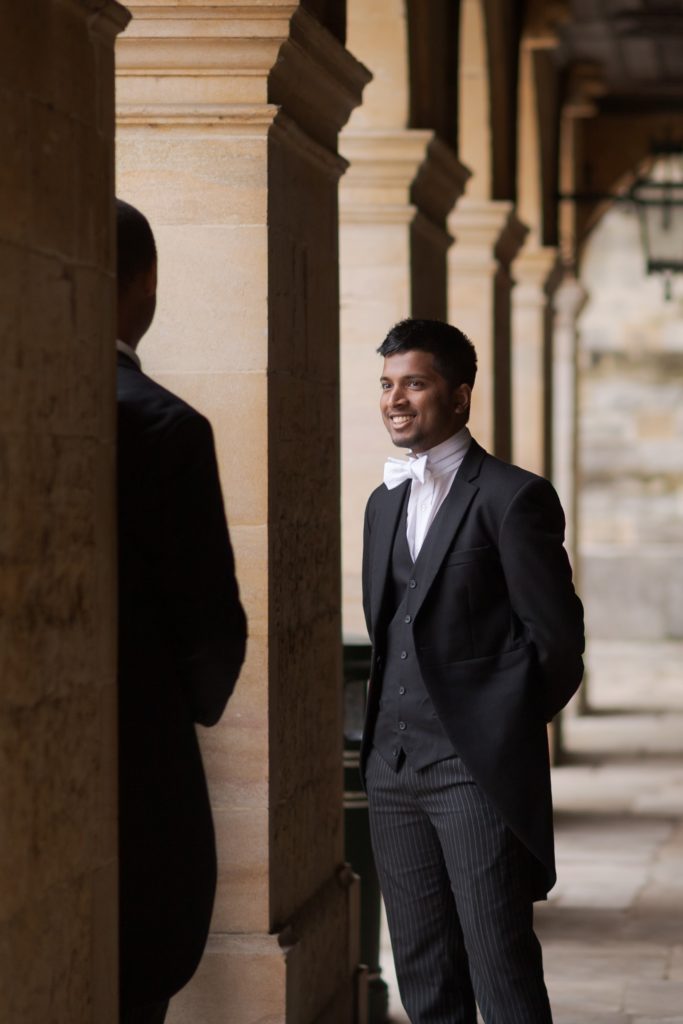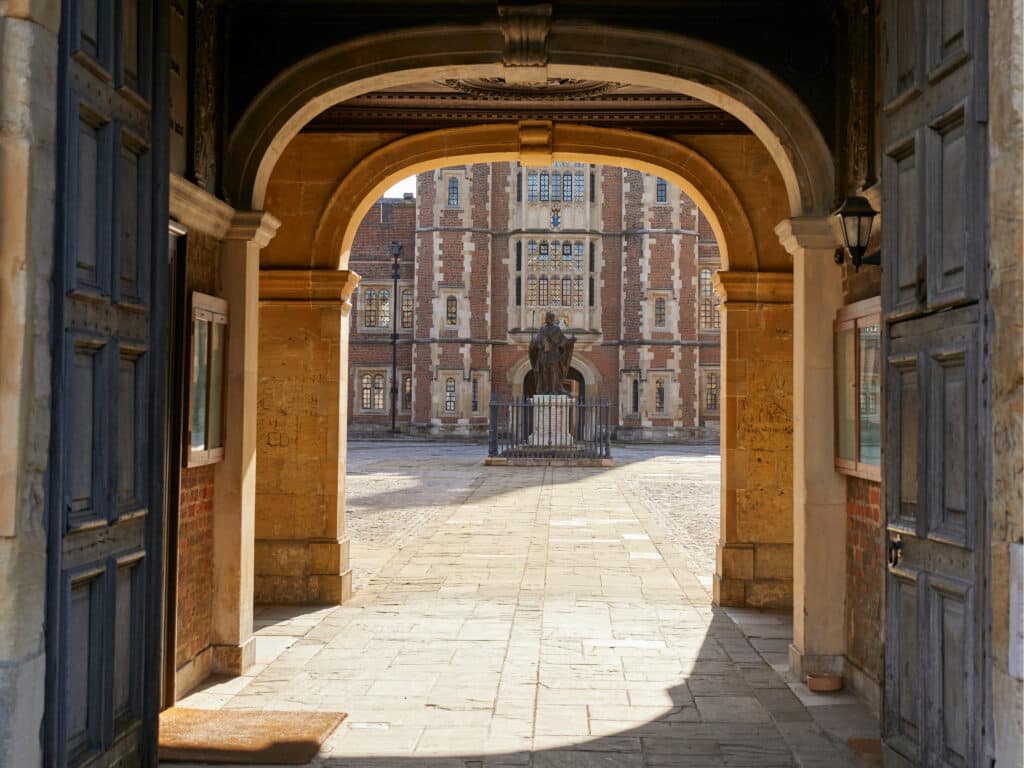Creativity is a quality that is often overlooked in Physics education. With a curriculum that focuses on knowledge and applying knowledge to a narrow set of problems, there is little incentive or time in the curriculum to incorporate creative tasks. It seems that often natural scientists do not credit creativity as the necessary means for some of the discoveries which have shaped our world today. As Ambaum (2008) suggests, it is the contradictions between theories we hold true and observations which happen in labs which need creativity for new knowledge to be produced. Those contradictions do not bring Physics, or other natural sciences, to a standstill, but engage those involved in creative discussions. Professor McLeish (2019) also argues that there is a lot of discussion on ‘scientific methods’ and how hypotheses and theories can be refined, but there is little discussion of what happens before then. The application and refinement of theoretical models rests on the essential ability to conceive of those ideas in the first place and relies on the creative core of science: ‘the imagining of what the unseen structures in the world might be like’ (ibid.).
This, I think, is a tragic waste of Physics education. If we go beyond knowledge, we discover physics is about discovery, which is a creative pursuit. If we change the narrative of how science works and encourage pupils to explore their own creative avenues, natural sciences can become subjects which hold no formulaic assumptions of how they work. Below is my own modest contribution to how I have been exploring creativity within Physics.
Asking good questions
It takes inquisitiveness to ask good questions to understand the world around us, but we often don’t encourage students to do this. If you give a student a piece of string with a ball on the end and tell them to swing it and measure the time period, they will do this with little thought and produce a good result. No creativity has been deployed and the student does not have to understand of the purpose of the experiment. Instead, if you ask the student, ‘What would you like to know about the string and ball?’ they will now create many different questions and become engaged with the problem you are studying.
Developing a test
In Physics a practical lesson often entails giving students instructions to follow. This could be to measure the time period of the pendulum for different lengths of string. However, students might often miss the purpose of what they are doing and this can lead to misconceptions. A different approach is to ask the student what they want to know about the time period of the pendulum. They will try different variables to see what has an effect. This engages their mind in understanding what will and will not affect the time period.
Developing a model
Explaining the results can be difficult and the solution is often simply given to students. Although slow, it is worth allowing students time to create their own explanations or model. They will develop a better understanding and be more likely to remember what they have learnt. This will then allow them to apply their model more effectively.
Applying the model
It may be tempting to now give students a list of situations where a pendulum may be useful. Instead, students should be allowed to come up with their own uses for a pendulum. The obvious one would be a measure of time, but their better understanding could lead them in a different direction, such as using the pendulum to measure the gravitational field strength.
The processes students go through can be done in isolation but if they are asked to work in groups they will not only come to solutions more quickly but they will also use more creative processes and will be encouraged to experiment with ideas and innovations, not only with predetermined theories. With a changing of narrative, there is great potential for Physics to become a creative subject which will in turn encourage more pupils to study it.
References
Ambaum, M. (2008). Creativity and skill in science. University of Reading. http://www.met.rdg.ac.uk/~sws97mha/Publications/Science_and_ Creativity.pdf [accessed 15.05.2019].
McLeish, T. (2019). We talk about artistic inspiration all the time – but scientific inspiration is a thing too. The Conversation. March 1st. https://theconversation.com/we-talk-about-artistic-inspiration-all-the-timebut- scientific-inspiration-is-a-thing-too-111439 [accessed 14.05.2019].



